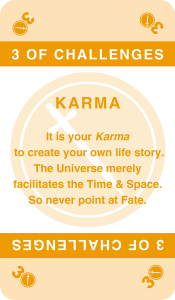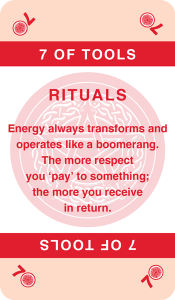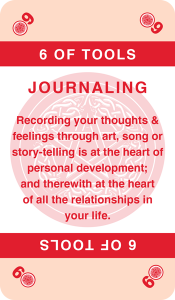A world without numbers, what would that be like? What in fact is it in that defines the human world from animal kingdom? Is it our ability to speak? Or has it also to do with numbers? The fact that we started using numbers by counting to 10 is no coincidence and indeed based on having 10 fingers. It is likely language and the ability to count went hand in hand as part of human evolution, just as they go hand in hand to this day when a child is learning about the world.
What we tend to forget in this context is that for instance only 200 years ago the amount of words within a certain language was far smaller than it is today; and that the dictionary of one culture is bigger than the other; and that dictionaries of a language such as English tend to grow bigger. While some words may disappear it can generally be said language is still expanding.
With numbers this is a little different. Ever since we discovered how to count to 10, no new numbers have been added. What did happen however is that the interpretation of numbers became creatively diverse with many different applications of what they stand for.
In general numbers can be used in three different ways:
- To count with.
- To do arithmetic with (algebra)
- To categorize (psychological) processes with.
Further observation shows how much is interpreted by numbers; varying from age to earnings, weight to quantity, estimate to result, from value to sales price and potential to outcome. In this way numbers give information on something, so we can categorize or label it.
- When you earn yourself 8 out of 10, you’ve done well.
- When one egg costs 10 euro, it is an expensive egg
- When someone has a hundred thousand euro, that person is rich.
In this way of thinking the relationship is expressed between a certain subject and its value, taking the way the mind is conditioned to think as a starting point. You may question however the actual sustainability of this way of thinking.
- The 8 out of 10 can be ‘earned’ by copying the answers of somebody else.
- The egg can well be a very unique egg, which in fact makes 10 euro a bargain.
- While having 100.000 euro may suffice a lifetime with one person, it may be gone within a year with the other
In our present day and age, we tend to value something with a material index using a number rather than a emotional value. It concerns two totally different values when someone compliments another about the nice shirt she is wearing and the other responds by mentioning how much it cost; one is the emotional value, the other a material value.
The Tarot and therewith also the Nan Yar – Who Am I card game for personal development, uses numbers as a symbolic expression of a (personal) development. The fact a computer can only think in ones and zeros, sets a good example in how it is restricted to thinking mechanically and will not move on into the numbers that mirror emotional human capacities.
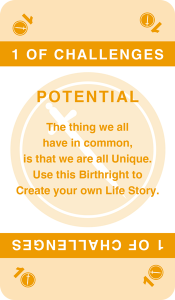 The 1 as number of potential , indicates all possibilities, gifts and capabilities ‘one’ (pardon the pun) was born with, no matter whether it is used or not. Owning the potential is part of the first parameter that makes us human.
The 1 as number of potential , indicates all possibilities, gifts and capabilities ‘one’ (pardon the pun) was born with, no matter whether it is used or not. Owning the potential is part of the first parameter that makes us human.
 We need the 2 however to step out of that oneness and enter the world of polarity and contradiction. We need to know what cold feels like in order to experience warmth. Basically this is how we learn anything, distinguishing day from night, good from evil, darkness from light etc.
We need the 2 however to step out of that oneness and enter the world of polarity and contradiction. We need to know what cold feels like in order to experience warmth. Basically this is how we learn anything, distinguishing day from night, good from evil, darkness from light etc.
The 3 as number of creation, is where The Storyteller find Its go between and determines Its very own position between the 2 opposites, thus creating its own pivot around which Its own world turns.
If there is anything that makes us human it is the capacity to create our own life story as a result of the choices we make.
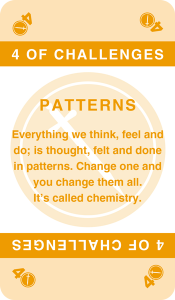 The 4 follows 3 as the number of balance which at the same time marks a pause in further development. The 4, a so called ‘yang number’, is a s solid as a house, which also implies it lacks flexibility. It refers to a process in life, based on material values; a comfort zone in which people feel safe, an equilibrium of certainties which tend to overlook the real needs in life, in denial of deeper meaning while experiencing reality. To detach, The Storyteller moves on to the 5.
The 4 follows 3 as the number of balance which at the same time marks a pause in further development. The 4, a so called ‘yang number’, is a s solid as a house, which also implies it lacks flexibility. It refers to a process in life, based on material values; a comfort zone in which people feel safe, an equilibrium of certainties which tend to overlook the real needs in life, in denial of deeper meaning while experiencing reality. To detach, The Storyteller moves on to the 5.
 The 5, is directly related to the quintessence of being human, involving the heart of the matter. Here the human being transcends into the world of the soul, in which the essence of being human is evaluated and in which a choice is offered between keeping things as they are or charging forward. Keeping the essence of 5 to oneself inflicts a termination of development.
The 5, is directly related to the quintessence of being human, involving the heart of the matter. Here the human being transcends into the world of the soul, in which the essence of being human is evaluated and in which a choice is offered between keeping things as they are or charging forward. Keeping the essence of 5 to oneself inflicts a termination of development.
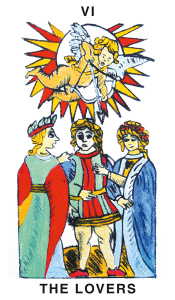 Moving on to the 6 The Storyteller enters the number of communication. Similar to the meaning of trump-card VI *, The Lovers, this involves how we relate to each other, the way we communicate, not just in words, but also in taking action, using both our heads and our hearts. The 6 is where we test what we are capable of, our moral standards and mentality, and thus continue to grow. In the language of numbers: From the 6 onward, 1 + 1 is more than 2.
Moving on to the 6 The Storyteller enters the number of communication. Similar to the meaning of trump-card VI *, The Lovers, this involves how we relate to each other, the way we communicate, not just in words, but also in taking action, using both our heads and our hearts. The 6 is where we test what we are capable of, our moral standards and mentality, and thus continue to grow. In the language of numbers: From the 6 onward, 1 + 1 is more than 2.
*The numbers of the trump-cards, depicted in Roman numerals play the same part in the interpretation of numbers as the numbers 1 to 10.
The 7. Identical to how the groups of 7 trump cards mark the parameters of the different worlds (layers) they relate to, ( also see: Module 3, The 3 layers and their Gatekeepers), the number 7 marks the parameters of our basic fulfillment in order to live. In the 7 of Tools this is interpreted as rituals. The way you manage the parameters determines your ‘return on investment’. Thus the 7 is the number of gratification, returning in many ways of categorizing, such as the 7 days in a week, with each day carrying its own emotional value, in turn based on the 7 planets. The number 7 is also found in many esoteric meanings, among which the number of completion.
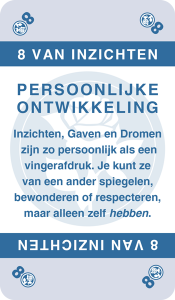 The 8, 9 & 10 involve the added values in the psychological interpretation of the Nan Yar- Who Am I Tarot. These numbers detach themselves from the ‘ordinary’ 7 and rise above the normal standard of development, opening a stage to add unique values to the unique life of
The 8, 9 & 10 involve the added values in the psychological interpretation of the Nan Yar- Who Am I Tarot. These numbers detach themselves from the ‘ordinary’ 7 and rise above the normal standard of development, opening a stage to add unique values to the unique life of 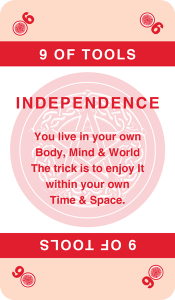 each Storyteller. My mentor in the development of this game, psychiatrist Cees van der Kroef, calls these numbers ‘Rembrandt, Beethoven en Spinoza’. “We all see the same world” van der Kroef says, “yet the way the artist, composer or philosopher sees it, turns it into a completely different place”.
each Storyteller. My mentor in the development of this game, psychiatrist Cees van der Kroef, calls these numbers ‘Rembrandt, Beethoven en Spinoza’. “We all see the same world” van der Kroef says, “yet the way the artist, composer or philosopher sees it, turns it into a completely different place”. 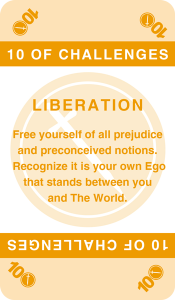 What is described here is the process of individuation, through which people rise above their own standard and manifest a new way of looking at the world, while also mirroring this,- or rather gifting this-, to the world, enabling others to develop further.
What is described here is the process of individuation, through which people rise above their own standard and manifest a new way of looking at the world, while also mirroring this,- or rather gifting this-, to the world, enabling others to develop further.



